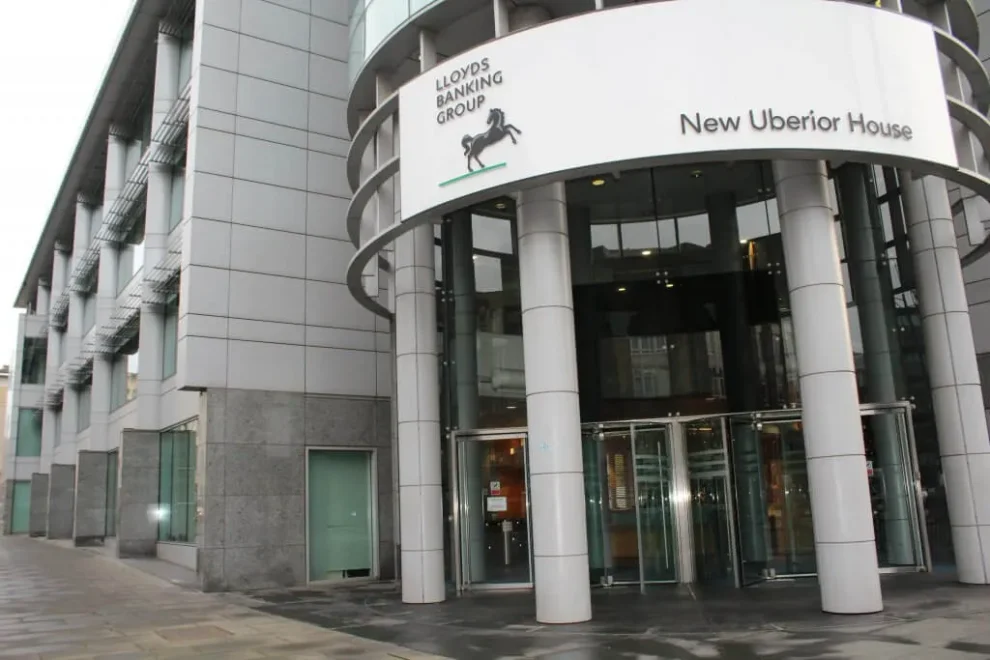Lloyds Banking Group, which includes Bank of Scotland, Halifax and Scottish Widows, wraps up the big four’s reporting season this Wednesday which has seen solid figures from Barclays and NatWest (RBS).
Analysts at Citi and UBS have made Lloyds their top pick in the sector as it has benefited from rising interest rates which have widened the net interest margin (NIM) – the profitable gap between rates on loans and savings. It has edged up from under 2.5% to 3.22% in the final quarter of last year.
Lloyds expects NIM to fall in the first quarter, though remain above 3.05% for the rest of the year.
Analysts will be looking out for debt defaults and any scope for share buybacks, with Jefferies forecasting £3bn this year.
While NatWest shares took a knock because of deposit withdrawals, HSBC’s shares are up by around 15% over the past year. AJ Bell analysts say this may be a surprise, given the wobble seen in the US banking system and the collapse of Switzerland’s Credit Suisse.
However, US lenders faced much looser regulation than their European and British equivalents, while another key factor in HSBC’s favour is the reopening of China and Hong Kong after three years of lockdowns. Both are big earners for the bank.
There are trading updates from Daily Record owner Reach, which has latterly warned of a slowing in advertising revenue, and from oil and gas group BP which may signal slower profits growth.
Interest rate decisions are due from the US Federal Reserve (Wed) and European Central Bank (Thur).
In an attempt to head off inflation, the US Federal Reserve has pushed its headline Fed Funds rate from a record low of 0.25% to 5% in the last twelve months – that is the fastest upward move in US interest rates on record.
AJ Bell says the real issue then is what hints chairman Jerome Powell drops as to future policy moves.
“Inflation may not be cooling as fast as it likes and labour markets remain tight, given how low unemployment is, but the US banking system has wobbled, and the central bank is now admitting that a recession is possible in 2023.
“This leaves the Fed with a tricky balancing act and markets currently believe this will be the last rate hike of this cycle. Indeed, markets are currently pricing in a first rate cut for November 2023.”
The decision is likely to set the tone for the ECB and for the Bank of England which announces its next move on 11 May.
Source: dailybusinessgroup
















